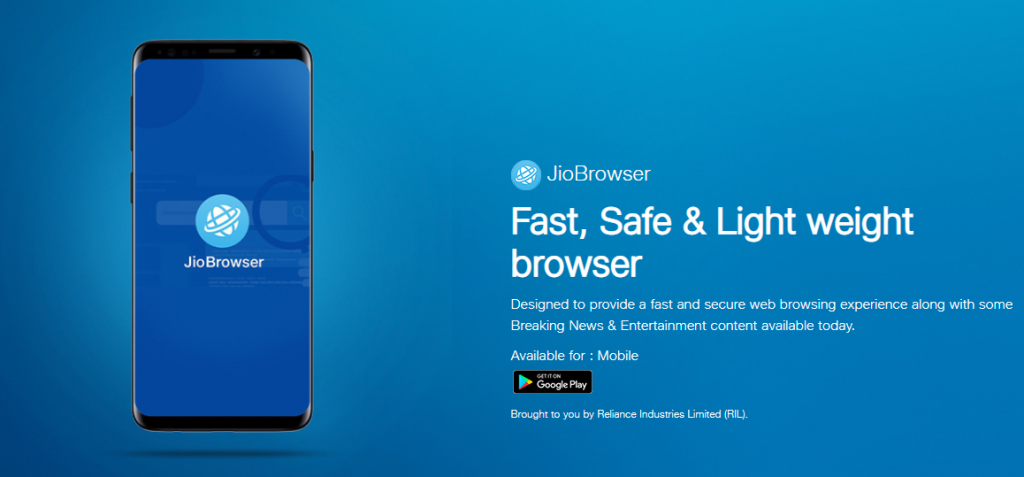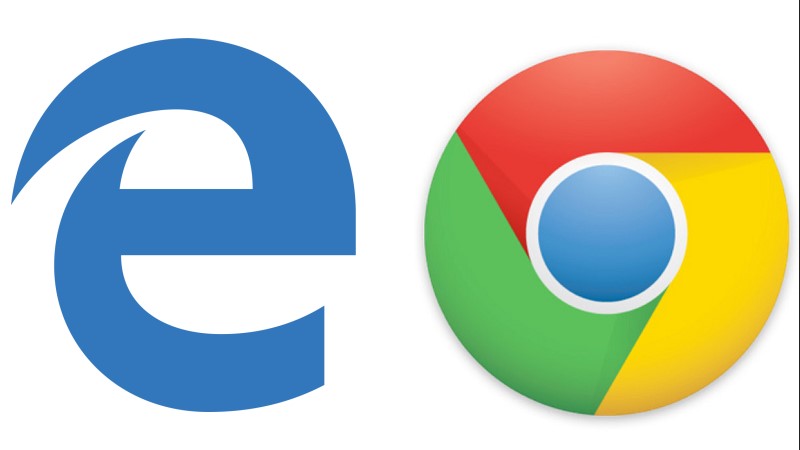Reliance Jio launches Made-in-India web browser, JioPages
Reliance Jio has launched its web browser called JioPages which is specially made in and for India. JioPages uses the Chromium Blink engine which is indeed very powerful as it provides a very efficient search experience with faster engine migration. Jio while making a statement yesterday also said that this engine provides faster page loads, efficient media, streaming, encrypted connection, etc. The Chromium Blink engine was first launched in 2013 and it was created by the contributions from Google, IBM, Samsung, Facebook, Microsoft, and many other tech giants.
Since the new web browser is designed entirely in India, this is expected to attract a healthy number of users. With many other features of the JioPages, the company keeps privacy as its prime goal thus establishing an encrypted connection. The new JioPages web browser can be downloaded from the Play Store for Android users while the company didn’t mention any launch date about the iOS variant. Since the web browser is created for Indian users, JioPages will be available in eight different Indian languages, focusing more on localized news content creation, etc. So, let’s have a detailed look at the features of JioPages.
Features of JioPages
From personalized regional content to an advanced download manager, JioPages have started with a handful to give to its customers.

- Personalized content is a huge advantage for the users as they might only be interested to read content about the domain of their choice. So, JioPages let the users customize the content feed based on region, language, and topic. And, once you choose your interested fields you will receive notification exclusively for the content important to you.
- A personalized home screen with a theme makes an intense appeal to the users as it gives them the liberty to choose for themselves. JioPages lets you choose any leading search engine as your default such as Google, Bing, Duck Duck Go, Yahoo, or MSN. There is also an option to pin websites which saves time as you may want to pin the most visited websites. Users are also given an option to choose from beautiful themes and not to mention the hyped dark mode.
- JioPages is providing content in eight different Indian languages. The languages are Hindi, Marathi, Tamil, Bengali, Gujarati, Telugu, Malayalam, and Kannada. Apart from regional languages, you can also set content priority based on your geographic region. Once you do that, the top sites of your location will start appearing.
- The Advanced Download Manager automatically separates the downloaded files based on image, video, documents, and others.
- Incognito Mode is one of the best features of JioPages. By turning on the Incognito mode you can enable private browsing as the web browser’s surfing history will not be saved in the system. The Incognito Mode is made safer in JioPages as you can put a 4-digit code or fingerprint scan to enable the mode.
- Ad Blocker and Informative Cards also added in the features of the JioPages. While the former blocks the random ad pop-ups the latter captures the headline of a given topic and displays on the screen as a compact clickable option.
The 5G connectivity
Before the launch of JioPages, the company has also entered the realm of connectivity by collaboration with Qualcomm. Emerging out as one of the biggest companies in the energy conglomerate, Reliance is now holding its roots firm in tech as well. India is the world’s second-largest mobile market in terms of users. So, by collaborating with Qualcomm, Reliance is bringing effective 5G solutions for the Indians. Radisys Corp. is working along with Qualcomm Technologies to roll out 5G network services in India at the earliest.
Reliance is also preparing the largest network connectivity, Jio for the fifth-generation wireless service with an in-house technology to provide for 400 million of its users. Ambani believes that this will keep his network away from political disputes thus leaving his rivals behind. Honestly, this is a very strategic move by the company as they don’t need to switch to a new system if the company develops its wireless technology. The company is always interested in selling this in-house tech to other carriers if it becomes successful.

Annasha Dey is an NIT student, who apart from studying engineering is also a content writer. She has a great interest in photography, writing, reading novels, and travelling as well. She is a foodie who loves socializing and hanging out with her friends. She is also a trained Kathak dancer and a big fashion enthusiast. Dey also loves watching TV series, which includes F.R.I.E.N.D.S. and Big Bang Theory. To be a better writer she prefers to read more


